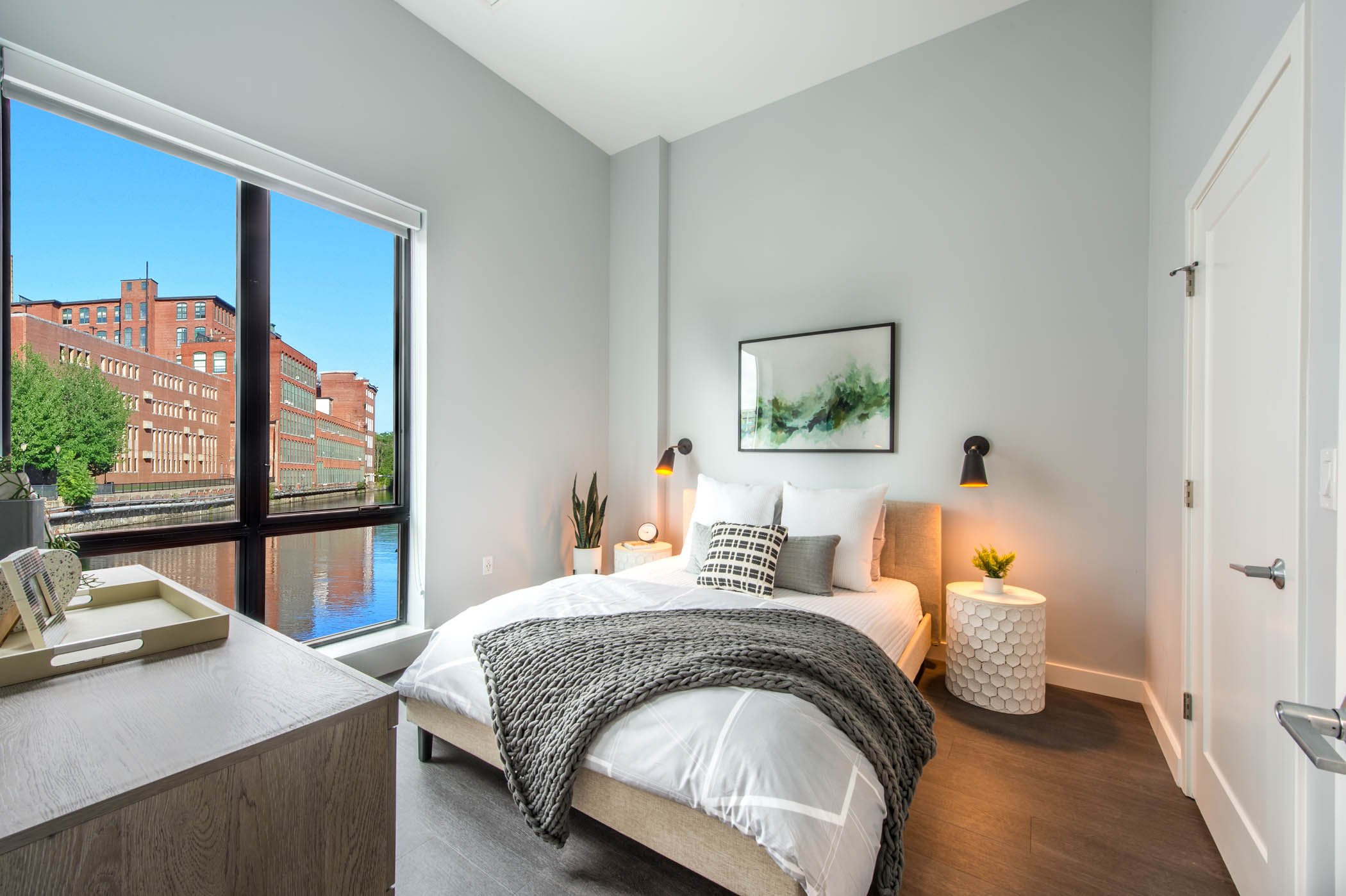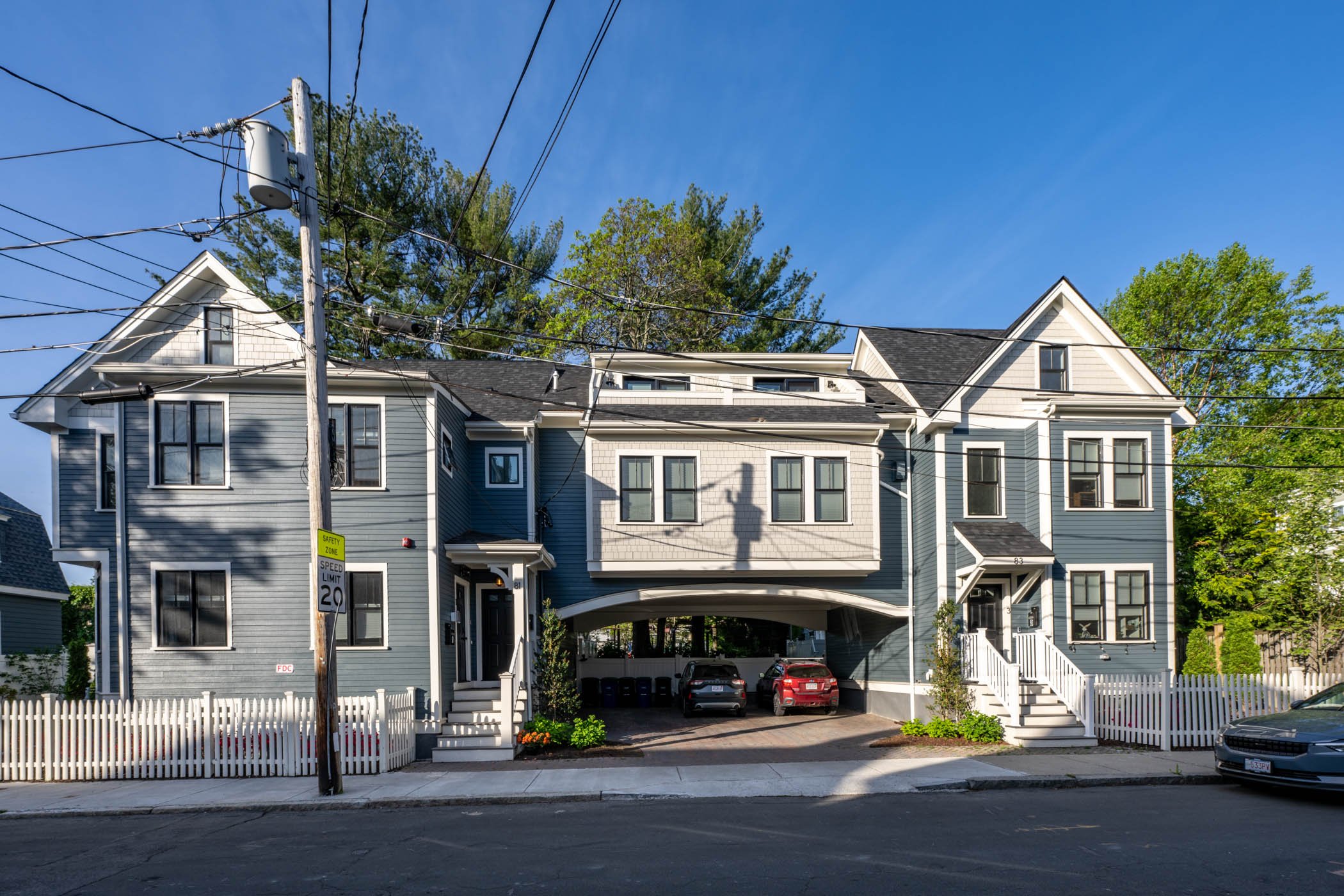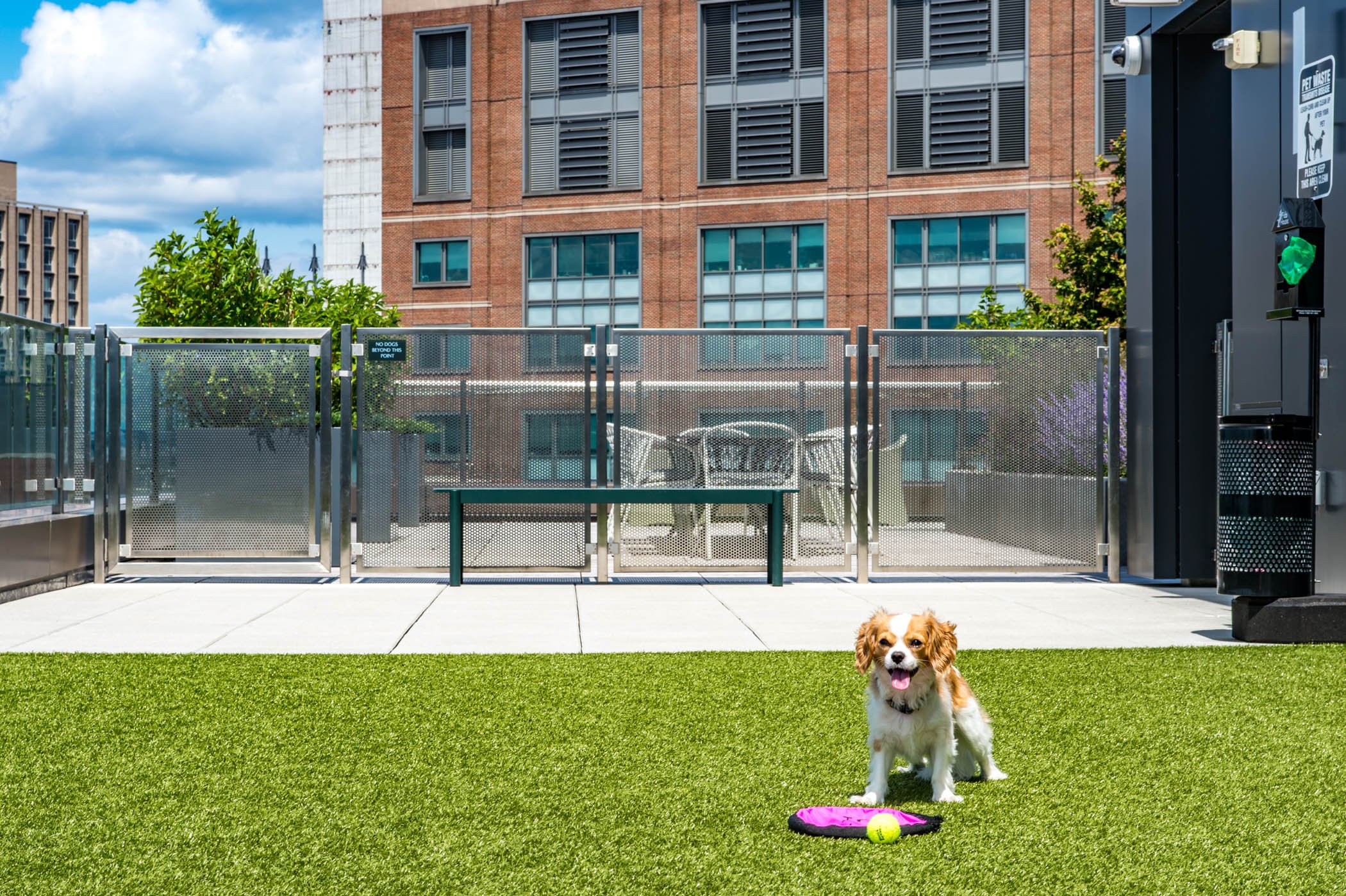If I was looking for a lawyer or a new doctor I’d probably ask around to see if anyone knew a “good” one but the truth is I probably wouldn’t know the right questions to ask. However, if I asked someone in those fields they could immediately tell me what to look for. In that spirit I want to show you what to look for when hiring an architectural photographer.
Responsiveness
For outdoor photography mother nature can be either friend or foe, and you will never know which until the shoot approaches. Some photographers hold you to a date and will shoot no matter the conditions, or you can pay a hefty fee to reschedule. Ever see an architectural photo taken on a drab, cloudy day – that’s why.
You want a photographer who will adjust their schedule to get you the right shot. Let me give you an example – on Friday of last week a Monday photoshoot was cancelled based on the forecast of pouring rain. I shifted my schedule to studio work but as the day progressed it turned gorgeous. I packed up my gear, got to the location and we wound up with terrific images. I lost efficiencies but got my customer the shot – that’s what a good photographer does. Always ask what happens to your outdoor shoot if the weather doesn’t cooperate.
Flexibility
Having a photographer who will work with you is critical when you have special needs, or things go sideways. Mother nature can throw curveballs, there may be production delays, props may not arrive on time, there may be construction constraints, or you may find that you can’t shoot during business hours. Sometimes several pieces need to come together, and for one reason or another they simply don’t.
Look for the photographer who is resourceful and has a plan B, and a Plan C. You will be surprised how often you need them.
Cement doesn’t wait for photographers so we had to go to plan C to get this shot.
This was supposed to be shot on a sunny day but instead we got overcast skies - going to plan B I zoomed in to remove the sky and through creative lighting I got a shot full of energy and light - the client loved it.
A Good Listener
A good photographer works to understand your messaging and what your photos should convey to the viewer, for example, drawing out an emotion, showing the vibe of your organization, or how you want your target audience to feel. A photographer who understands your visual needs, constraints, and budget parameters is going to be much easier to work with than one who doesn’t. In the first shot below I understood that my clients wanted more than just pictures of their hospital - they wanted to convey lightness, energy, and hope. Through framing and lighting we gave them just that.
My client wanted to make this model room feel like home but in spite of impeccable staging it just wasn’t coming together. It was the view out the window. I fixed that in post production with a view out of a similar unit farther down the hall, and what a difference it made.
Suddenly it felt like home. The client was thrilled.
Pre-Production
Will your photographer go to the site location in advance? Will they make suggestions to improve the set? Will they troubleshoot and let you know about potential problems? Will they let you know about needed permits? Or will they show up the day of the shoot and hope for the best? Before this shoot I did my standard pre-production walk through and made suggestions for staging, improving the small garden, power washing the deck, and closing foot traffic running past the door. Pre planning can make or break a shoot.
Exceptional Post-Production Skills
Post-production skills are a must in any project and can mean the difference between an OK shot and a great one. Many don’t understand the amount of work in post-production or how much it will add to your images. Always ask a photographer for pre and post samples to get a sense for what they can do. Post-production covers a wide gamut including adding depth of field, color balancing, adjusting levels and a host of technical enhancements. One that comes up more often than you think is adding or removing things from an image. Take a look at the picture below marred by wires and a pole. Then look at the editing in post-production - what a difference.
Offering Multiple Visual Options.
Sharp photographers will ask about images for other media vehicles. For example, on a shoot for a print piece they might ask about needs for your website, social media, an annual report, or other collateral materials. Here I saw opportunities for a building shot in a potential brochure, a mood shot for their website, and knew the picture of the pooch would provide an interesting story for social media.
Functioning as a Consultant
A professional photographer likely has thousands of shoots under their belt. Are they willing to spend the time to give you ideas, help you get better shots, work with you on messaging and think about ways to make you stand out from the crowd? The client never thought of the shot below but the second I saw the opportunities for a dramatic sightline I explained what we could do, the drama it could add, and the emotional component it would create for viewers.
The quality of the questions you ask determines the quality of the answers you get. So be sure to look at samples but don’t stop there, use the tips listed here when choosing a photographer. Don’t be shy about asking questions to make sure you get the right person who will bend over backwards to give you great work.
If you are contemplating your next photoshoot and need advice feel free to contact me. This is the perfect time of year to get your landscaping, building and exterior shots so give me a call and let’s take your marketing photography from good to great.














